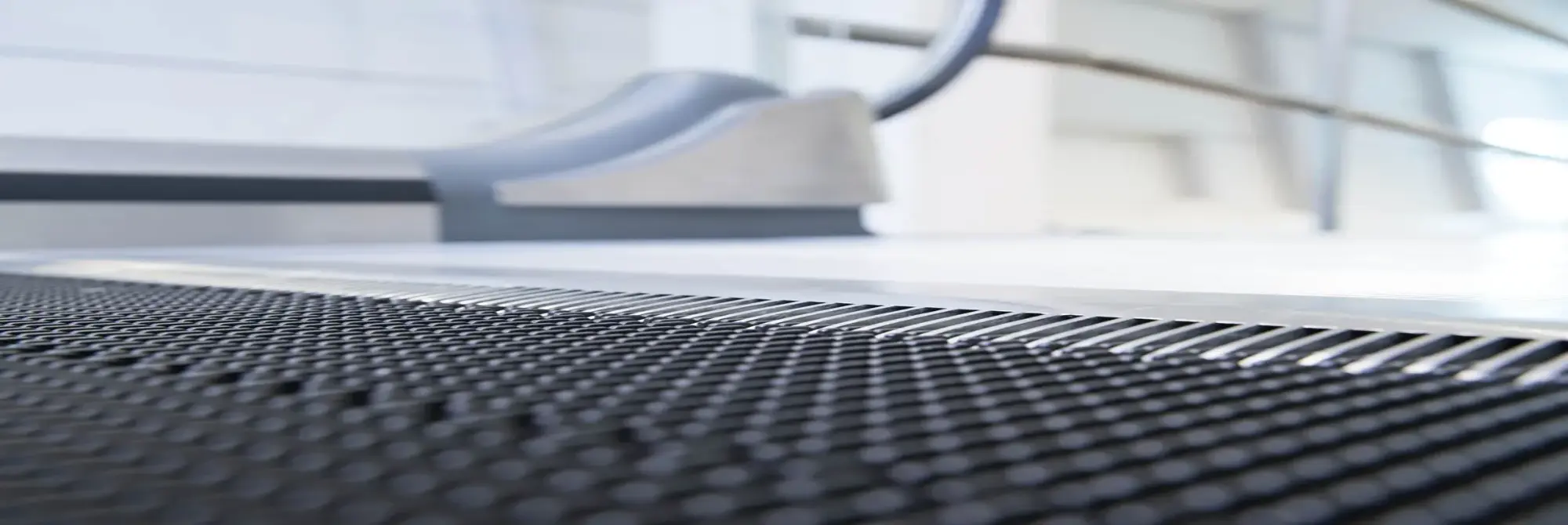Most of us are familiar enough with moving walkways to understand that they are horizontal and mechanical paths that transport passengers from one end to another. But have you ever heard of a moving walkway with seats readily available or seen one with a massive incline? The history and development of the moving walkway originally came from ideas such as this and made its debut in 1893 through the World's Columbian Exposition in Chicago, Illinois.
The aforementioned first moving walkway that debuted in Chicago was one that brought its passengers straight to a casino without the effort of walking. The passengers could sit or stand while watching the beautiful scenery until they reached their destination. This created a new innovative way to allow passengers to enjoy the time it took to transport them from one place to another. The invention opened up new ways of thinking and bettered society for many.
This daring form of transportation can come in varying types of moving walk arrangements as well as with different applications depending on the need for the machine. The type of moving walkway and the materials used for it, can be determined by a couple of simple factors like its location. Perhaps the three most crucial rules of determining which moving walkway should be installed at any given time or place are: application, location and persons per hour.
The application portion of settling on the best moving walkway for you is simple. There are only two categories to choose from when it comes to the application, this is public and commercial. Although these can overlap, you will still be able to choose the correct moving walkway since there is a major difference in the length of distance that each of these serves. Just keep in mind that it matters greatly which environment you’re installing this machine in.
Just as we would wear a scarf in the winter or put on sunscreen on sunny day, climate and surroundings will inevitably affect how a moving walkway is made and what it’s made with. Material and design can be heavily altered because moving walkways are purposed to withstand the specific weather conditions of the area when manufactured.
Number of persons: Lastly, the number of persons that will be moved per hour should be estimated to the best of your ability and then given to the manufacturer. Ensuring that this number is correct will prevent pedestrian traffic back-ups and unsafe operation. These three functions being set will lead to the perfect moving walkway for each unique application.

 United States
United States


